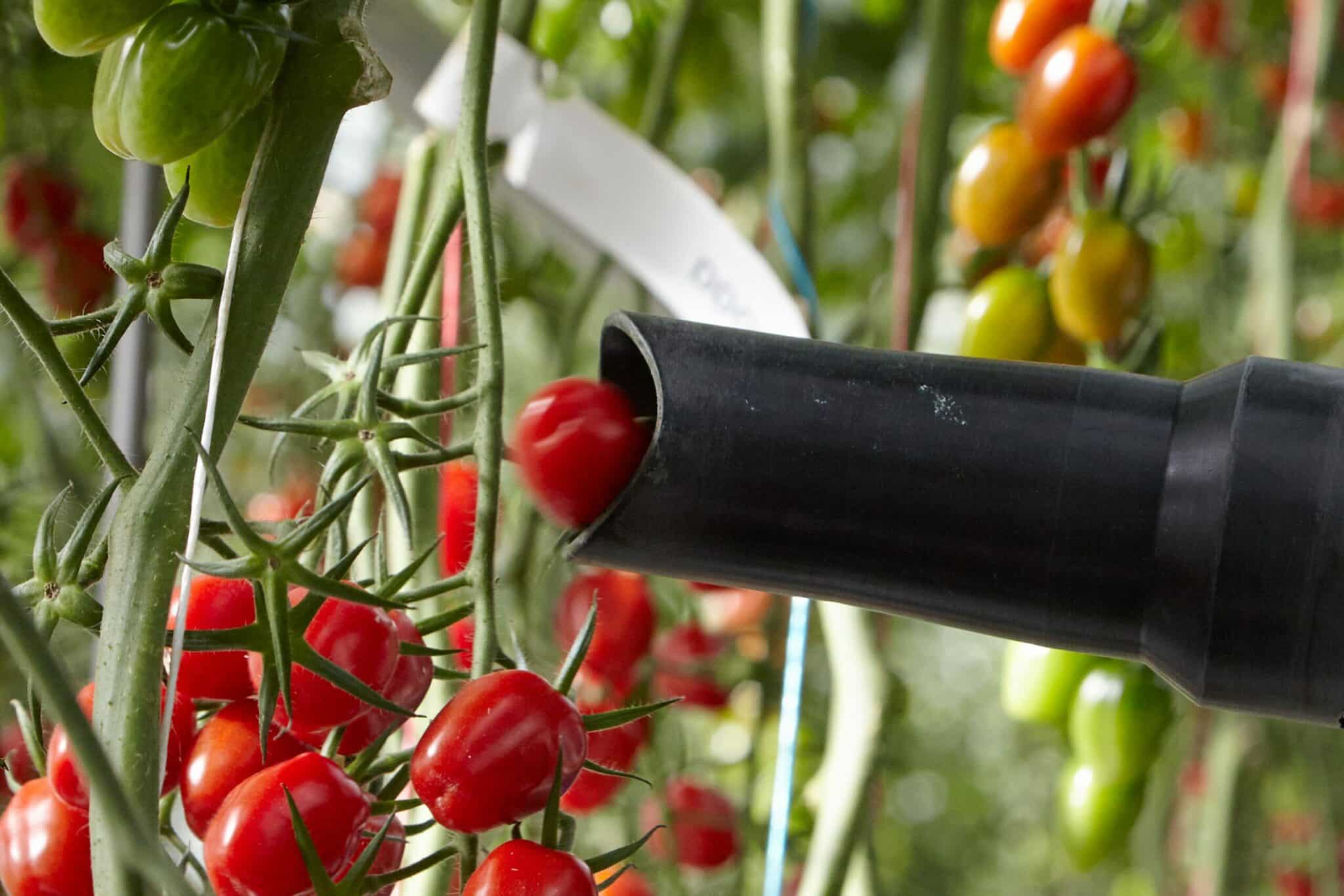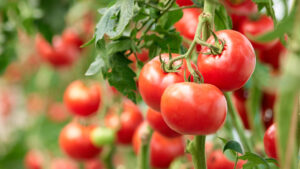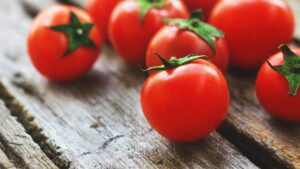To help maximize the efficiency of the future of tomato production, Syngenta Vegetable Seeds and Four Growers, Inc. of Pittsburgh, Pa., collaborate to test out the GR-100 robotic harvester in tomato research, according to a release from Syngenta.
The goal, Syngenta says, is to help create greater efficiencies, sustainable practices and to maximize yields at every step in tomato production. The collaboration could lead to faster crop advancements, reduced food waste and more satisfied growers and consumers.
“This collaboration helps serve as a link between genetics and automation,” said Ruud Kaagman, Syngenta Global Crop unit head, tomato, in the release. “The success of robotization in the future is the application of robotics with different plant characteristics. With this collaboration, you’ll see varieties adapted to robotic harvesting to enable growers’ success.”
As of right now, most tomatoes are harvested with human hands — Syngenta reports this costs up to 30% of the total production cost, and it’s becoming more difficult to find enough laborers.
“Using robotics in agriculture will enable us to eat higher quality, healthier, more affordable produce,” said Brandon Contino, Four Growers CEO, in the release. “Unlike other machines that we see in the field today that harvest every crop (ripe or unripe) in one pass, at Four Growers, our robotics and AI enable us to pick produce individually so that we only harvest those that are perfectly ripe.”
But o optimize the efficiency of the harvesting robots, growers need an intuitive machine and a plant designed to work with the robot — one that won’t be quite as fragile with less delicate hands. That’s where Syngenta comes into the equation.
“Syngenta is developing varieties for the future of our growers, so we need to understand how growers will be running their operations in five to 10 years from now. We will make sure that when growers move to robotization on a large scale that we have varieties for them that will help them gain efficiencies and added value from robotization,” Kaagman added.
“The better the data is, the better it is for us to select the right variety that we want to commercialize,” he continued. “These robots have options that we can use beyond just harvesting the fruit, like cameras and weighing devices. So, it’s counting the number of fruits, checking the size of the fruit, weighing the fruit and calculating total yields. There’s a lot of data points the robot collects now that we had to historically collect with human eyes.”
Through this trial, Syngenta hopes to glean enough information and data to weed out the less desirable tomato products faster to focus efforts on more promising tomato varieties.
“From the 20+ imagers to the other sensors we have on the system, we can provide a level of data granularity and insights that growers (and researchers) have never had before; thereby allowing them to grow a better tomato,” Contino said. “Our collaboration with Syngenta will enable growers to buy seed bred with the learning of robotics and AI internally, which right out of the gate gives them a head start in producing the best product at the best price for their consumer.”











